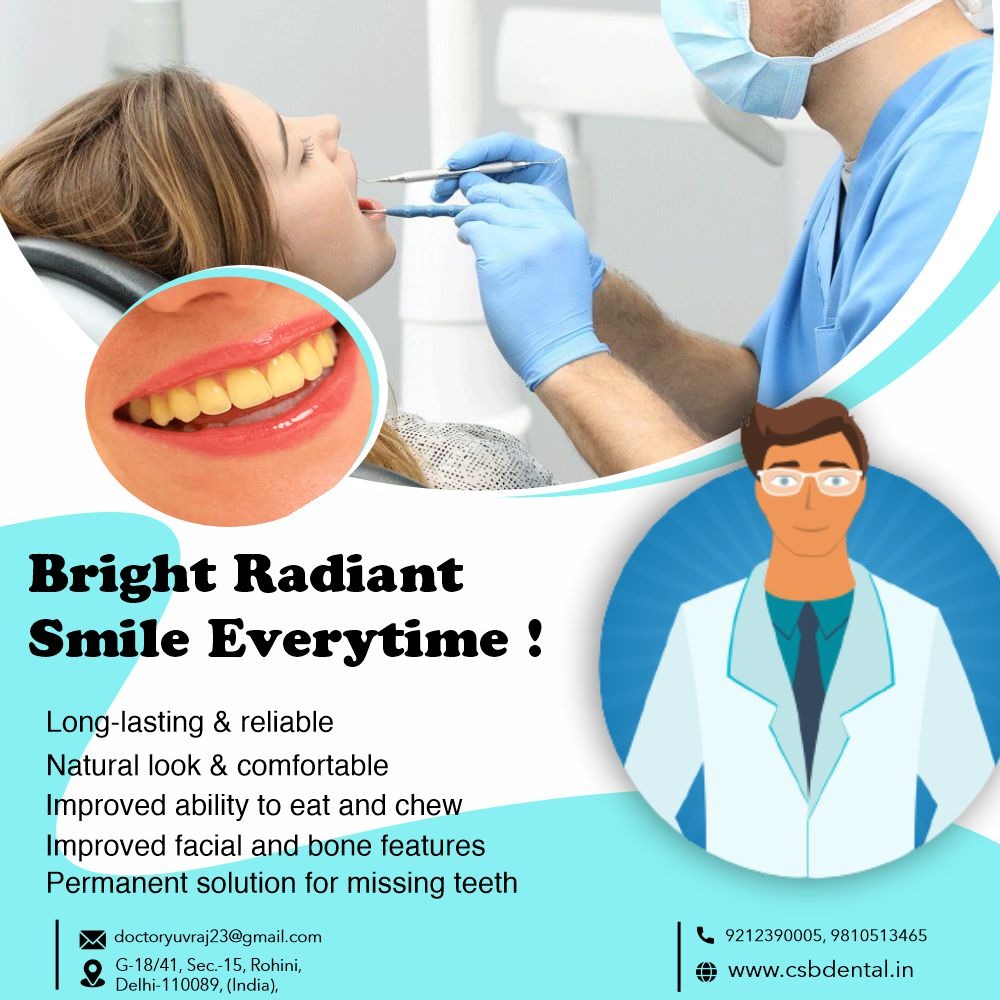Operation Arrangment
The most common types of dental surgery are procedures that many people may not consider dental surgery, because they are so routine – such as orthodonture work or teeth whitening.
Root Canals are widely regarded as the most common type of dental surgery. Millions of teeth are treated each year, saving many teeth from extractions and relieved from pain and sensitivity. Root canals are typically pain-free and incredibly effective in treating pain.
Underneath a tooth’s enamel is a soft core called dental pulp, which contains blood vessels, nerve endings, and tissue. When a tooth is decayed, bacteria enters the tooth and damages the pulp. The infected pulp causes dental pain, occasional swelling, and causes potential pain in your neck or jaw. A surgeon can treat this by removing the decayed portion of the tooth and extracting the infected pulp.
Dental implants have changed the way dentistry has evolved over the last 25 years. An implants is a replacement for the root or roots of a tooth. They are used to secure crowns to the jawbone using titanium and titanium alloy. These metals are used because they are lightweight and biocompatible – which means they aren’t rejected by the body. Dental implants are used to replace teeth due to decay, disease, oral cancer, or a number of causes like smoking or alcoholism.
Dental implants are a longer process type of dental surgery to ensure the bone is properly fused before the tooth can be attached. Implants require a procedure to create channels in the jawbone so the implants can be fitted with intimate contact with the bone. They generally require two to six months for the bone to fuse before they can have tooth restorations (a crown or bridge) attached in order to complete the process.
Wisdom tooth extraction is the removal of four adult teeth located in the back bottom and top corners of your mouth. These are the last (third) molars to come in, usually between the ages of 17 and 25. When wisdom teeth don’t have room to grow, they can become impacted and cause pain, oral infections, or other dental problems. Oftentimes, dentists will suggest wisdom tooth removal even if impacted teeth are not an issue, as a preventative measure.
Wisdom tooth extraction is an outpatient procedure that takes a few days to fully recover. The procedure is done by removing the wisdom teeth through surgical incisions and stitching the extraction site closed to aid in the healing. It is important to follow your doctor’s orders regarding the healing process to avoid excessive bleeding or blood clots.
Accidents happen, and when there is damage to the face due to sports injuries, falls, work-related incidents, or any kind of facial trauma, it can be scary and stressful. That’s why seeing an oral surgeon is the best course of action – they can offer solutions that will have you looking your best in no time! Dental surgery for facial reconstruction breaks down into two categories – soft tissue injuries and fractures.
Soft tissue injuries include trauma to the skin or gums, such as cuts on the inside of the cheek, lips, or tongue. Soft tissue injuries also include lacerations on the soft or hard palate.
Fractures relate to the the tiny bone tissue in your mouth, and includes reconstruction to the jawbone and teeth. Larger reconstructive surgeries go into the nasal cavities and the forehead, if the facial injuries are severe enough. In some cases, reconstructive surgery utilized dental implants along with other methods of treatment and mechanics to repair jaw alignments and bone structure.
Cosmetic dental surgery comes in many different forms. Many times, cosmetic surgery is not a medically necessary procedure, but is used to improve the patient’s face or smile. Cosmetic procedures covers minor treatments like teeth whitening and investments like orthodonture.
Cosmetic procedures are generally pain-free and can be completed in your dentist’s office, eliminating the need for an oral surgeon. Of course, every treatment is individualized for the patient.


Leave A Message